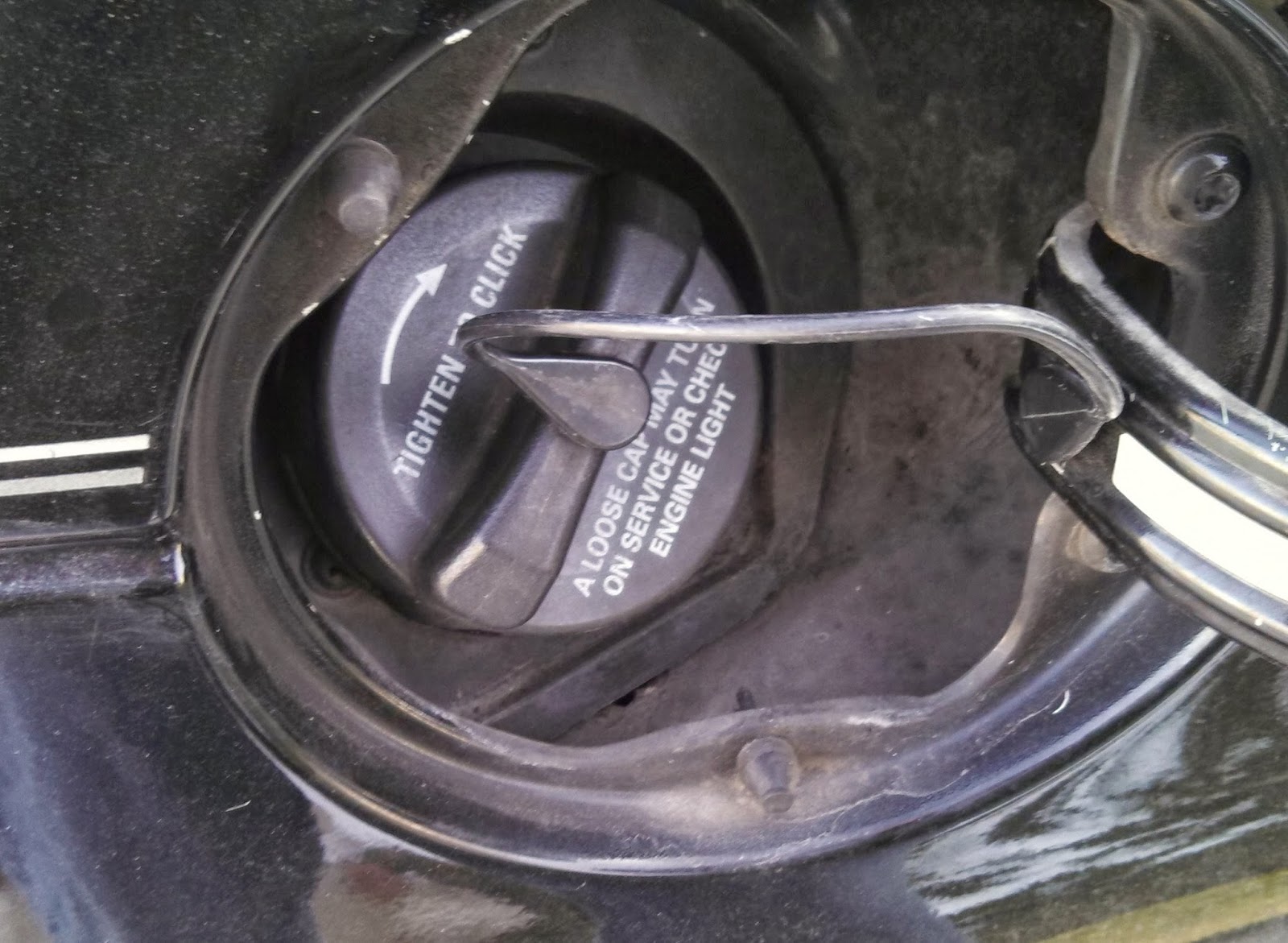Check Engine Light Still On After New Gas Cap? Here's Why
That pesky check engine light. It's a universal symbol of car trouble, and few things are more frustrating than thinking you've solved the problem, only to see it stubbornly glowing on your dashboard. You’ve tightened, you’ve even replaced the gas cap, convinced that the loose or faulty cap was the culprit. But the check engine light remains. Why?
The connection between a loose or damaged gas cap and the check engine light is real. A poorly sealed gas cap can allow fuel vapors to escape, triggering the car's onboard diagnostic system (OBD-II) to illuminate the warning light. This vapor loss contributes to air pollution, hence the system’s sensitivity. Replacing the gas cap often resolves the issue, but sometimes, the light stays on even after a new gas cap is installed.
Several factors can contribute to a persistent check engine light even after replacing the gas cap. It's important to understand that the gas cap is just one of many potential triggers for this warning. The light itself is a general indicator, signaling anything from a minor emissions issue to a more significant engine problem. Therefore, while a loose gas cap is a common and relatively simple fix, it's not the only possibility.
One common reason the light stays on is that the car's computer hasn't yet cleared the error code. It can take several driving cycles (starting the car, driving, and turning it off) for the system to recognize the new gas cap and extinguish the light. Sometimes, disconnecting the car's battery for a short period can reset the system and clear the code faster, but consult your car's manual or a mechanic before attempting this.
However, if the light remains illuminated after several drives or a battery reset, it’s time for further investigation. A persistent check engine light after gas cap replacement suggests a different underlying issue. This could range from a faulty oxygen sensor or evaporative system leak to a more serious engine malfunction. Ignoring a persistent check engine light can lead to more significant problems down the road, so prompt diagnosis is crucial.
The OBD-II system is designed to monitor various aspects of your vehicle's performance, including emissions control. When the system detects a problem, it stores a specific diagnostic trouble code (DTC). A mechanic can use a code reader to retrieve these codes, pinpointing the exact cause of the check engine light. This is the most efficient way to determine why the light stays on even after changing the gas cap.
Benefits of addressing a check engine light promptly include: Preventing further damage, improving fuel efficiency, and ensuring your vehicle complies with emissions regulations.
Troubleshooting steps: 1. Check the new gas cap for proper installation. 2. Drive for several cycles to see if the light resets. 3. If the light persists, get a diagnostic code reading.
FAQ
Q: How long should it take for the check engine light to go off after replacing the gas cap? A: Typically, several driving cycles.
Q: Can I drive with the check engine light on? A: It depends on the severity of the issue; get it diagnosed promptly.
Q: Will disconnecting the battery reset the check engine light? A: Potentially, but it's best to consult your car's manual.
Q: What if the light comes back on after replacing the gas cap again? A: There's likely another issue; get a diagnostic check.
Q: Is a loose gas cap the only reason for a check engine light related to emissions? A: No, various other issues can trigger the light.
Q: How much does it cost to diagnose a check engine light? A: Costs vary, but many auto parts stores offer free code readings.
Q: Can I reset the check engine light myself? A: Yes, you can sometimes use a code reader to reset it or disconnect the battery, but addressing the underlying issue is crucial.
Q: My check engine light is flashing, is that serious? A: A flashing light usually indicates a more severe problem, requiring immediate attention.
Tips and Tricks: Always purchase a gas cap specifically designed for your car model. Ensure the cap clicks securely when tightened.
The check engine light, while sometimes triggered by something as simple as a loose gas cap, serves as a crucial communication link between your car and you. Ignoring it could lead to costly repairs and decreased vehicle performance. While replacing the gas cap is a good first step if you suspect it's the culprit, a persistent check engine light after the replacement warrants professional attention. Taking the time to diagnose and address the underlying issue will ensure your vehicle’s longevity, fuel efficiency, and adherence to environmental standards. Don't delay, get that light checked out today. A little proactive maintenance can save you a lot of trouble down the road.
Laugh your way to deeper bonds the power of memes and funny friendship quotes
Protect your investment understanding winter boat service costs near you
Finding your dream home in puchong














